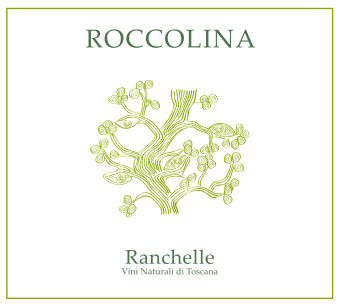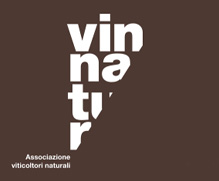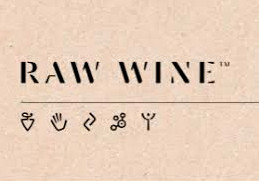The Roccolina white wine is the offspring of a
recently (2015) planted vineyard, situated in an area named Roccolina
on the old land register maps. Here the indigenous grape varieties
of Procanico, Clairette (Francesino), Riminese (Duropersico), Nocchianello
Bianco and Verdello are producing the grapes for an assemblage of
a typical white wine of the Maremma which aims to be a revival of
the Bianco di Pitigliano of its glorious past. The different grape
varieties are harvested by hand separetely according to their ripeness.
After destemming the natural fermentation of the most starts first
with the skins, but after 2 or 3 days of skin contact fermentation
the most is slightly pressed and continues its natural course of
fermentation without skins. Once the alcoholic and the malolactic
fermentation is over the wines of the different grape varieties
are mixed together and will stay for about 5 months in a steel vessel,
before being bottled in springtime.
The Roccolina is a white wine which combines the structure and
fullness of a skin contact wine with the freshness and perfumes
of a white wine made without skins. This wine is not aged in wood
barrels and is ready for drinking already after 6 months after harvest,
but it has enough substance to preserve its fragrance at least for
about 5 years.
Presently the Roccolina is distributed in Austria byVinifero (Vienna), in Denmark
by Il Buco (Copenhagen), in
Japan by Terravert (Tokyo), in Italy by Bibo
Potabile (Toscana), by Rollingwine
(online shop) and by
La Valigia di Bacco (Sicily), in The Netherlands by Vinum
Naturale / Angolo
Vinoso (Amsterdam), in USA by Scuola
di Vino, in Australia by Vino
Mito.



